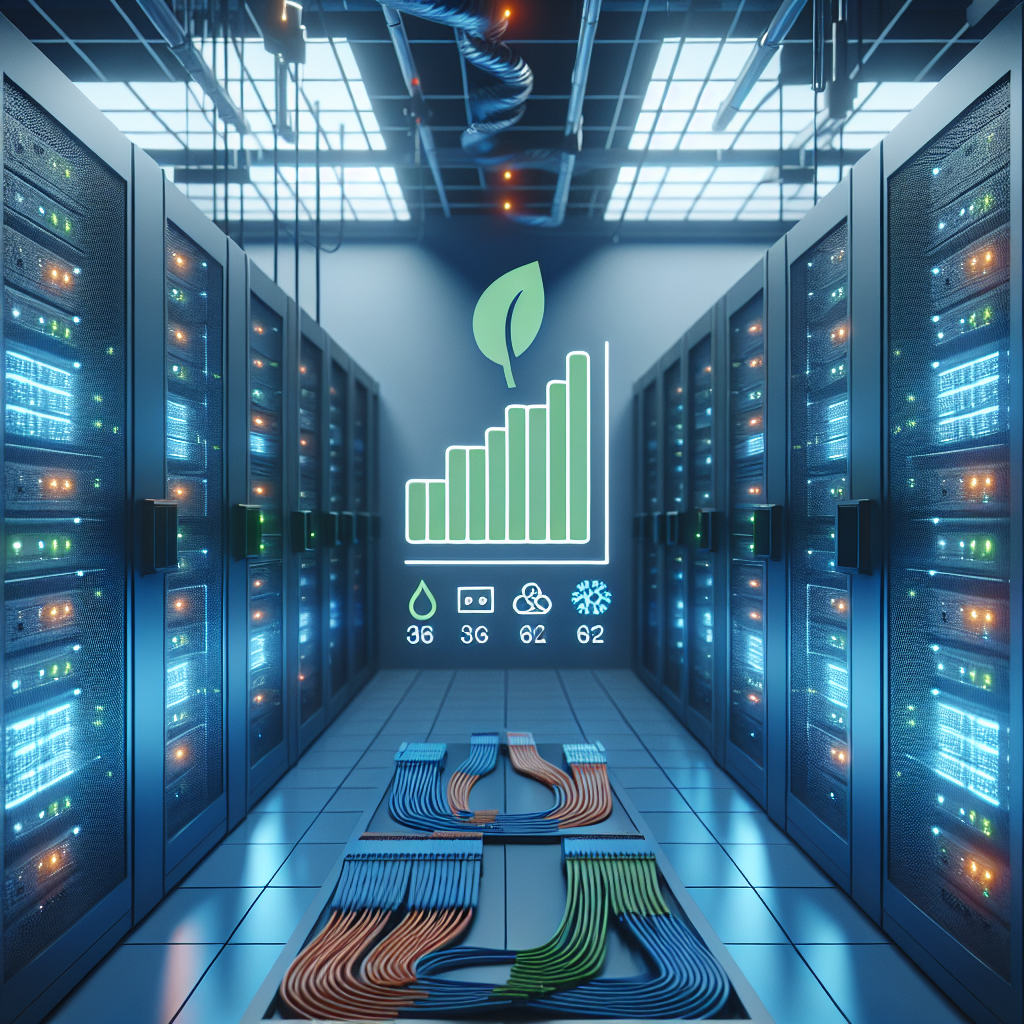Your cart is currently empty!
Maximizing Energy Efficiency: Strategies for Data Center Power Distribution

In today’s digital age, data centers play a crucial role in storing and processing vast amounts of information for businesses and individuals alike. However, with the increasing demand for data storage and processing power, data centers are consuming more energy than ever before. In fact, data centers are estimated to account for around 2% of global electricity consumption, and this number is only expected to rise in the coming years.
To address this issue, data center operators are turning to energy-efficient power distribution strategies to minimize their environmental impact and reduce operational costs. By maximizing energy efficiency in data centers, operators can not only reduce their carbon footprint but also improve the overall performance and reliability of their facilities. Here are some strategies for data center power distribution that can help maximize energy efficiency:
1. Virtualization: Virtualization technology allows multiple virtual servers to run on a single physical server, reducing the number of physical servers needed in a data center. This can significantly lower energy consumption and cooling costs, as well as improve overall resource utilization.
2. Power management software: Implementing power management software can help data center operators monitor and control power usage more effectively. By tracking energy consumption in real-time and identifying areas of inefficiency, operators can optimize power distribution and reduce energy waste.
3. Energy-efficient hardware: Investing in energy-efficient servers, storage devices, and networking equipment can help reduce power consumption in data centers. Look for hardware that is ENERGY STAR certified or meets other energy efficiency standards to ensure maximum energy savings.
4. Hot and cold aisle containment: By using hot and cold aisle containment systems, data center operators can segregate hot and cold air streams to improve cooling efficiency. This can help reduce cooling costs and prevent hot spots in the data center, ultimately improving energy efficiency.
5. Renewable energy sources: Consider incorporating renewable energy sources, such as solar or wind power, into the data center’s power distribution system. Using clean energy can help reduce reliance on traditional power sources and lower carbon emissions.
6. Energy-efficient cooling systems: Cooling systems can account for a significant portion of a data center’s energy consumption. Upgrading to energy-efficient cooling technologies, such as free cooling or liquid cooling, can help reduce energy usage and improve overall efficiency.
7. Regular maintenance and monitoring: Regular maintenance of power distribution equipment, such as UPS systems and PDUs, is essential to ensure optimal performance and energy efficiency. Monitoring power consumption and identifying areas of inefficiency can help data center operators make informed decisions to improve energy efficiency.
By implementing these energy-efficient power distribution strategies, data center operators can reduce their environmental impact, lower operational costs, and improve the overall performance of their facilities. Maximizing energy efficiency in data centers is not only beneficial for the environment but also for the bottom line, making it a win-win for both businesses and the planet.

Leave a Reply